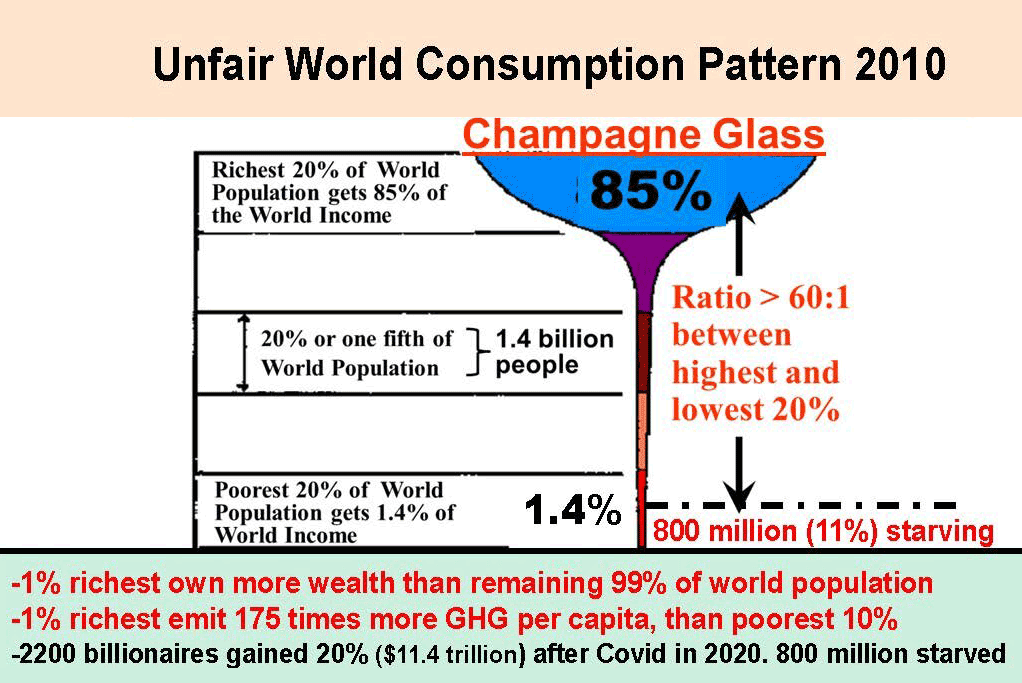(3) Going beyond the barriers in our own minds
The third principle is to break down and transcend the barriers in our own minds.
The first barrier includes unsustainable values, like selfishness, corruption and violence which we all have within ourselves. It is important to overcome such obstacles and to adopt ethical values.
The second barrier blocks stakeholder cooperation. In order to achieve a common goal, we need to work together, in particular, civil society and business must help government.
The third barrier is spatial. We need to think of our city, country and whole world, not just giving attention to our homes or neighborhoods.
The last mental barrier is time. We usually think about today, tomorrow, or maybe next month, but we need to consider the next year, next decade, and even 100 years ahead.



















